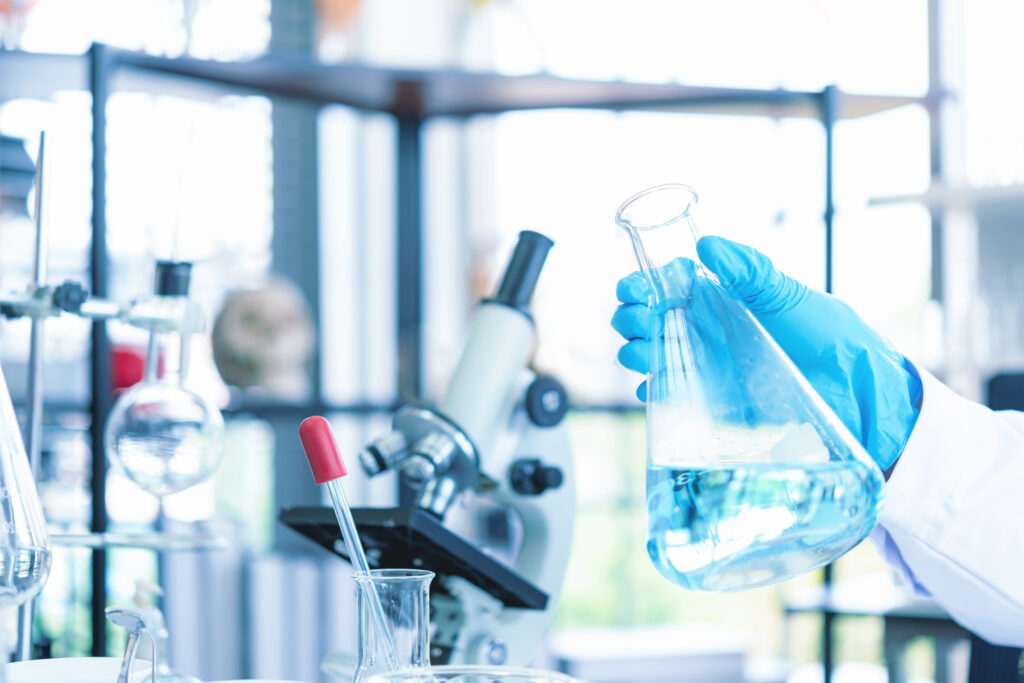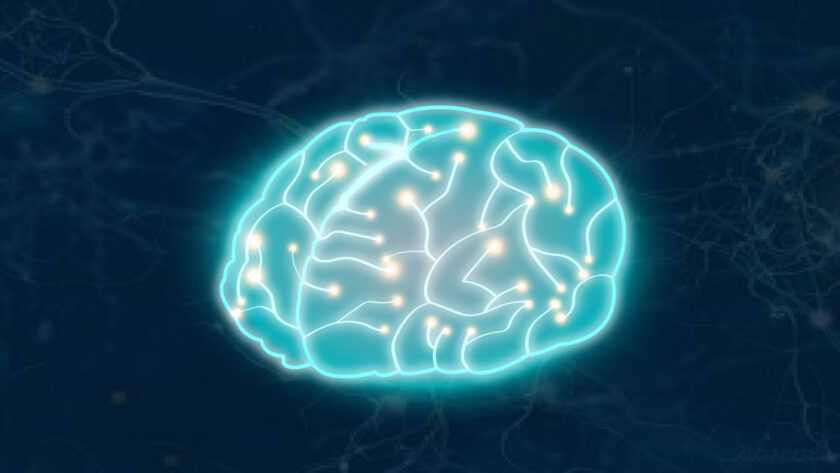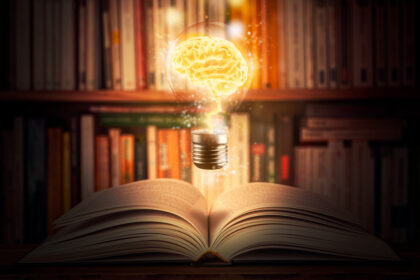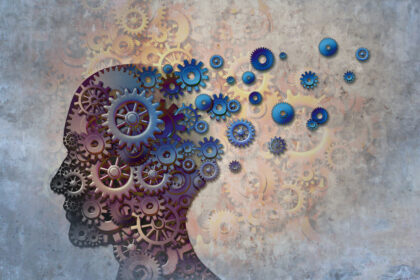How Brain Stimulation Can Help Lessen Depression
Introduction
Depression has ranked the most disabling and common condition in adults living in North America under the age of 50 (Mayberg et al., 2005). While there are many forms of depression, the most severe could be considered treatment-resistant depression. One study has proposed that treatment-resistant depression (a critically disabling condition) has very few treatment options after ruling out existing medications, psychotherapy, and electroconvulsive therapy. The authors indicate an estimated 20 percent of depression patients fall into the category of treatment-resistant after all traditional treatment protocols have failed. This same study has suggested that preliminary observation reveal the subgenual anterior cingulate cortex region of the brain to be “metabolically overactive” in this condition (2005).

The research indicates that there may be hope in offering patients suffering this condition chronic, deep brain stimulation (DBS) (Mayberg et al., 2005). This stimulation would focus on modulating Brodmann area 25 (BA25), a region of the brain very commonly targeted to address treatment-resistant depression (Irmen et al., 2022), which is proposed to reduce this elevated metabolic activity and offer patients relief (Mayberg et al., 2005). Essentially, the authors suggest that prior observations of brain activity through a variety of clinical, biochemical, neuroimaging, and postmortem evidence, indicates that it is worth investigating whether DBS can modulate the pathological brain circuits involved in depression. Or more simply, the study postulates that targeting BA25 and Cg25 (subgenual cingulate gray matter) with DBS will improve the condition of six patients within their study (2005).
Discussion
The authors tested their hypothesis of focusing on BA25, Cg25, and interconnected frontal and subcortical regions of the brain with DBS to reverse the pathological metabolic activity, producing measurable clinical benefits in patients suffering from treatment-resistant depression (Mayberg et al., 2005). This hypothesis is reasonable considering the plethora of pre-existing research that outlines these areas of the brain and how they contribute to sadness and depression (Ford, 2010). The study utilized six patients, all meeting the DSM IV-TR required criteria for major depressive disorder (MDD) with a major depressive episode (MDE) within at least one year of receiving their diagnosis of MDD (Mayberg et al., 2005). These six patients also scored a minimum of 20, indicating severe depression on the 17 item Hamilton Depression Rating Scale (HDRS). They also were required to meet a failure of response criteria for a minimum of at least four different antidepressant treatments, which could include medications, psychotherapy techniques, or electroconvulsive therapy programs. These treatment programs were required to have been administered during the most current depression episode (2005).
The patient sample included mixed gender participants, half being female and half being male (Mayberg et al., 2005). Their median age was considered 46 years old, with a median onset age for their depression of 29.5 years old. The participants scored between 20 and 29 on the Hamilton Depression Rating Scale. The average most current major depressive episode was indicated to have lasted roughly 5.6 years (2005).
The study itself involved the implanting of DBS electrodes into the Cg25WM region of the brain using local anesthesia and MR imaging guidance (Mayberg et al., 2005). Stimulation thresholds were evaluated throughout the procedure using the same technique proven to work for Parkinson’s disease patients. The procedure sought out the spontaneous report or occurrence of any acute changes to behavior, cognition, motor skills, or any autonomic functions while applying stimulation. Voltage was gradually increased to 9.0 V throughout eight electrode contacts, while tolerated by the patient. This progressive rise in voltage was performed in 1.0 V increments every thirty seconds, with a 15 to 20 second pause between these adjustments. This pause was used to gauge the effects within the patient, if any were present. The patients were also blinded as to which electrode would be stimulated as an effort to reduce the placebo effect (2005).

Ultimately, this study revealed that deep brain stimulation and effectively disrupting the focal pathological activity within the limbic-cortical circuits with electrical stimulation of the subgenual cingulate, specifically the white matter, was able to significantly reduce and even reverse the symptoms suffered by the patients (Mayberg et al., 2005). This method of electrical stimulation was thus proven to reverse treatment-resistant depression. No patient reported any motor or sensory changes, and they could not determine if the current was still active or not. All six patients spontaneously reported several acute effects including the onset of calmness, a feeling of lightness, a disappearance of void, heightened awareness, increased interest, connectedness, brightening of the room, sharpened visual details, and intensified colors (2005).
Critique and Weaknesses
Although this study was thorough and followed a lot of qualified pre-existing research, there are still some limitations. One major limitation is the extremely small sample size. Only utilizing six patients, no matter their demographic details, is too small to allow the results to be properly generalized to a wider population. Additionally, a lot of the participants were similar in age, making it hard to generalize the results to other age brackets. Furthermore, many of the participants had varying lengths of depressive episode (MDE), meaning it is harder for the results to apply to certain stages of depressive episode for future patients.
Potential for Derivative Research
Despite the limitations, the study could still be considered groundbreaking and provokes further investigation and more derivative studies. Future studies should involve more participants in order to confirm the results are as widespread as indicated by the original study. Additionally, the studies should produce a variance in demographics, some of them could focus on different age brackets, or include only one gender, in an attempt to determine if the results are certainly applicable to particular groups of people suffering from treatment-resistant depression. It would also be interesting to determine which electrodes produce the greatest spontaneous, acute effects, which deserves a study of its own as well. Better understanding the system of applying DBS to treatment-resistant depression patients could be revolutionary in terms of resolving the condition for many people.
Conclusion
In the end, this study was instrumental in the investigation of DBS applied to the BA25 and Cg25 regions of the brain. It was able to prove that electrical stimulation can reduce the metabolic overactivity of these regions, giving patients an opportunity to feel peace and connectedness. It is possible the results are centralized to a certain group of patients, as the sample size was relatively small; however, that said, it is still a good jumping off point for future research and may instigate further investigation.
References
Ford, B. (2010). Deep Brain Stimulation. Encyclopedia of Movement Disorders. Academic Press. 277-282. DOI: https://doi.org/10.1016/B978-0-12-374105-9.00453-6
Irmen, F., Krack, P., and Kühn, A., (2022). Chapter 23 – Investigating cognitive neuroscience concepts using connectomic DBS. Connectomic Deep Brain Stimulation. Academic Press. 483-504. DOI: https://doi.org/10.1016/B978-0-12-821861-7.00013-0
Mayberg, H., Lozano, A., Voon, V., McNeely, H., Seminowicz, D., Hamani, C., Schwalb, J., and Kennedy, S. (2005). Deep Brain Stimulation for Treatment-Resistant Depression. Neuron, 45(5), 651-660. DOI: https://doi.org/10.1016/j.neuron.2005.02.014




